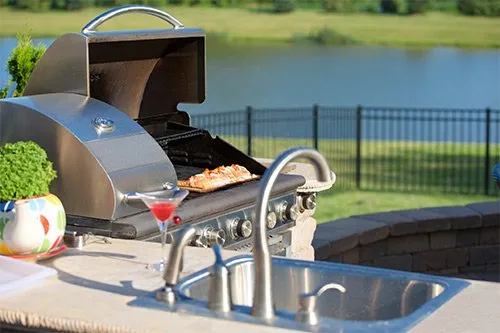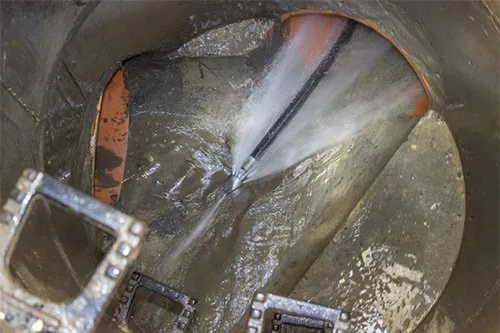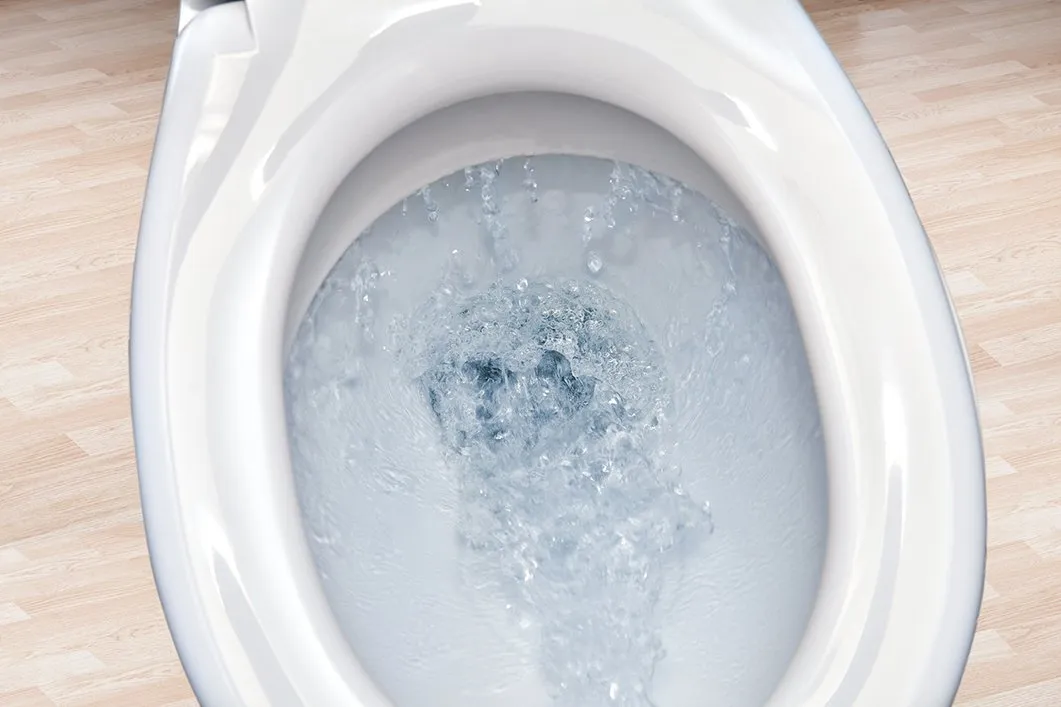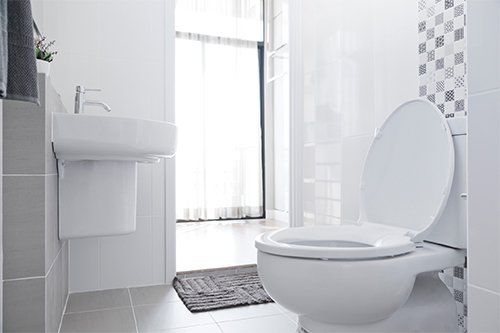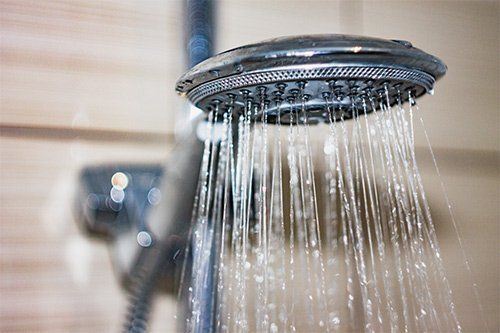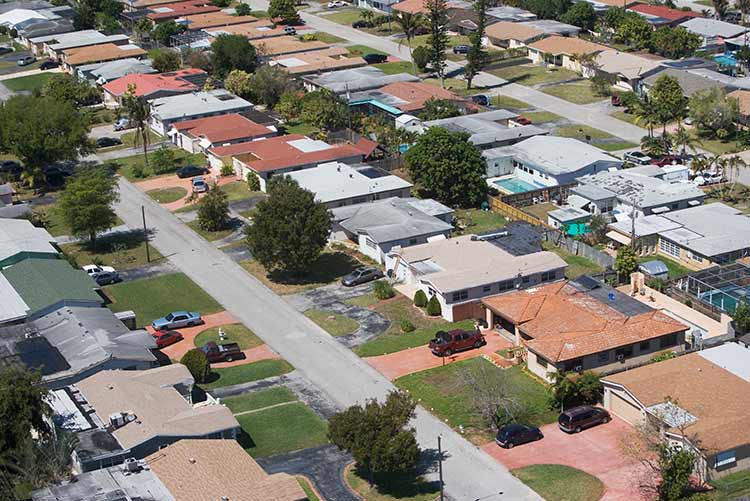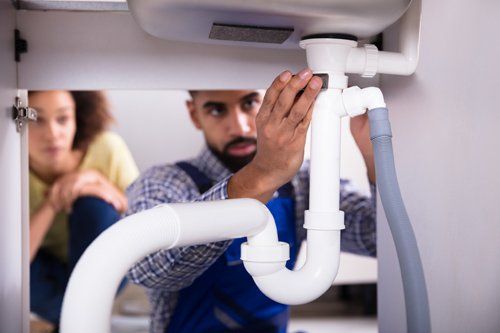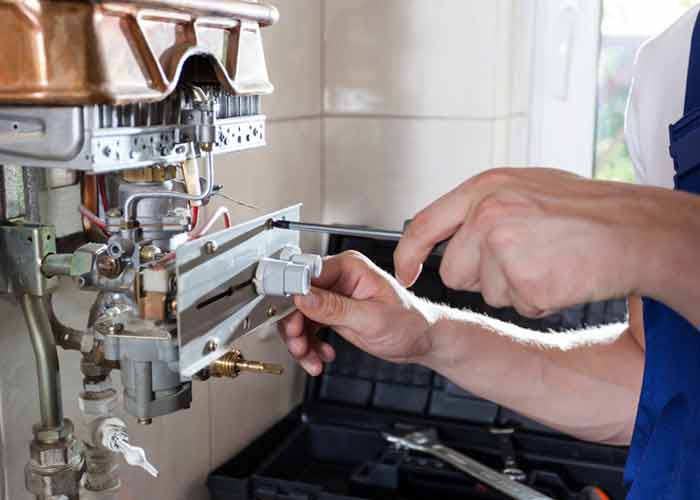
You can maximize the lifespan of your hot water heater by replacing the sacrificial anode. The purpose of the sacrificial anode is to corrode instead of your hot water heater. Most parts inside your home aren't designed to disappear as time goes on, but that's exactly what the sacrificial anode is supposed to do.
The good news is replacing the sacrificial anode is an easy job for the average do-it-yourselfer. Below is a step-by-step procedure for removing the old part and replacing it with a new anode.
1. Turn Off the Hot Water Heater
Before you begin removing the sacrificial anode, you will need to disconnect the electrical or gas supply to the hot water heater. Never attempt to work on a water heater that is in service, or you may find yourself with a nasty burn.
First, turn off the hot water heater at its thermostat, then turn off the electrical power at the main circuit breaker panel, if the unit is powered by electricity. If your hot water heater is powered by natural gas, turn off the burner and pilot light at the thermostat, then turn the shut-off valve on the gas supply line to its 'off' position.
Finally, turn off the cold water supply valve located at the top of the hot water heater. The cold water supply valve will usually be painted blue to differentiate it from the hot water outlet.
2. Drain the Hot Water Heater
After the hot water heater has been completely disconnected, the next step is to drain the water inside the unit. This step will also provide the added benefit of removing sediment that has collected at the bottom of the tank.
To drain the hot water heater, attach a garden hose to the drain valve located near the bottom of the unit. You only need to hand-tighten the connection.
Once the hose has been connected, open the drain valve slowly to release the water from the tank. Be sure the opposite end of the hose is routed to a safe location such as a storm sewer or a five-gallon bucket. Do not empty the tank into your toilet or other drains, as the sediment may cause a clog.
3. Remove the Sacrificial Anode
After the hot water heater has been drained, you are ready to remove the sacrificial anode. In most water heaters, the sacrificial anode is located at the top of the unit and looks like a large bolt head. Find a matching socket and use a ratchet to loosen the sacrificial anode from the hot water heater.
Depending on how old the hot water heater is and how long the anode has been in place, you may need to apply a little muscle to loosen the part. Continue to unscrew and lift out the anode entirely from the hot water heater. You will probably notice the anode is pitted and may even partially be gone due to corrosion.
4. Install the New Anode
Once you have removed the old sacrificial anode, briefly inspect the water heater threads to ensure they are relatively clean. You can use paper towels or even an old toothbrush to clean debris.
Next, wrap the threads of the new anode with PTFE tape to create a watertight seal. Carefully lower the anode into the water heater and hand-tighten it, being careful not to cross-thread the anode and water heater threads.
After the anode has been hand-tightened, use your socket and ratchet to tighten the connection.
5. Restore Service to the Hot Water Heater
The last step in the process is to restore your hot water heater to service. Turn off the drain valve, disconnect the garden hose, and turn on the cold water supply valve at the top of the hot water heater. This will start filling the tank. After a few minutes, you can turn on the electricity or gas supply to the hot water heater. The final step is to turn on the hot water heater itself at the thermostat.
If you have questions about hot water heaters, be sure to contact Moody Plumbing Inc. for help. They are ready to assist with any plumbing need you may have.


